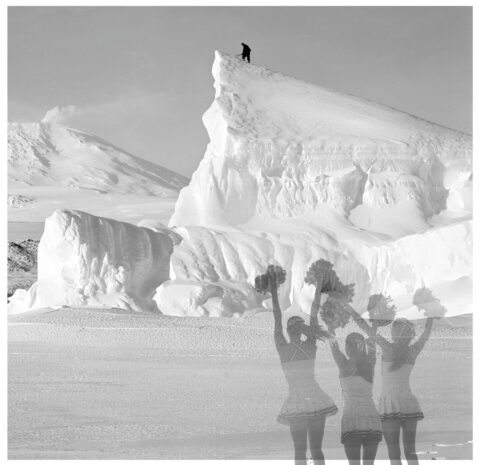Dress codes are tied to tradition, and women are kicking off their heels in protest. Rosemary McLeod discusses why women should be liberated from the high heel.
Rawiri Waititi set the cat among the pigeons and opened up a can of worms, to coin some phrases. Because he wanted to wear his hei-tiki instead of a tie in Parliament, the Māori Party co-leader caused an ancient and noble tradition to end.
The open-necked shirt is now Parliament’s official scruffy uniform. Next it’ll be wearing T-shirts and jeans like the billionaires of Silicone Valley, and MPs will expect adult playgrounds like theirs to cheer themselves up after a heavy day’s debating.
Waititi called his tie a “colonial noose”, which was unappreciative. A tie was the only piece of decoration a respectable male MP could choose to wear until now, and self-expression is also denied the women who bought joke ties for their politician partners – an unsubtle signal of female dominance. Any man who’ll wear a cartoon character tie is already being made a fool of, and that’s fair warning.
Waititi cried, “Take the noose from around my neck, so that I may sing my song,” as he was asked to leave the House. Hopefully tone-deaf singing in the debating chamber won’t catch on next.
It was a good theatrical stunt on his part.
Speaker Trevor Mallard was probably as relieved as he was to see the tie tradition end, but there are worse burdens to bear in the workplace than neckties, as female protests around the world have shown. Men invented the tie rule to make them look businesslike. High heels in the workplace were invented to make women look attractive to men.
Only a couple of years ago, Japanese women in some businesses were expected to wear heels between five and seven centimetres high. A petition against that began in 2019 under the hashtag #KuToo. Yumi Ishikawa, a Japanese actress, freelance writer and part-time funeral parlour worker, compared the practice to the agonising former Han Chinese custom of foot binding. Podiatrists treat foot and back pain caused by wearing high heels.
Ishikawa wasn’t the first to protest. Back in 2001, cocktail waitresses in Las Vegas organised a “Kiss My Foot” campaign that succeeded in having casinos abandon the requirement that they stalk about in stilettos. In 2015, a group of women wearing flat shoes protested being turned away from a film premiere in Cannes – among them, a woman physically unable to wear high heels. What was that about?
Two years later, British Columbia made it illegal for employers to demand female workers wear them, and other provinces of Canada followed the growing trend.
There’s an art to tying a necktie. I practised it for years in school uniforms. But the art of wearing and walking in high heels is infinitely more demanding. For one thing, it hurts. Advice online illustrates that vividly.
There’s an art to tying a necktie. But the art of wearing and walking in high heels is infinitely more demanding
Sticking a maxi pad inside your high heels is one dramatic suggestion to make them more comfortable, though it would look weird if they were visible. Taping the third and fourth toes together is said to help with pain. Women are told to carry an anti-blister stick to lubricate problem areas, and that six-inch heels need spray deodorant and Vaseline in the heel area.
No matter how much pain you’re in, the advice is not to take high heels off at work. Even if it hurts like hell to walk in them, sit down only briefly. These are instruments of torture.
The problem of how to walk in them without your bottom poking out making you lean forward is one that 90% of Kiwi ladies have. It’s a skill top catwalk models learn to acquire with practise, but judging by women’s strange contortions as they walk on our city streets in mega heels, the rest of us are a lost cause.








